Developing a Social Selling Strategy can help businesses expand their networks and uncover leads. The sCUBED method breaks it down into five sections. (Curious to learn more? Check it out here.)
- Create your compelling digital personal brand – Who are you?
- Understand your online goals – Why are you online?
- Build the right audience – Who do you serve?
- Engage with valuable content – Where is your market...and how can you meet them where they are?
- Develop Relationships - How can you take those online connections (or leads) and move them into converted, raving fans?
I’ll be sharing more “llamacorn wisdom” about this in my first-ever book (coming soon!), but for now, we’ll focus on Step 4: Engaging your audience with valuable content.
Let’s unpack the 10 rules for creating valuable content that will engage your audience time and time again. (And If you’d rather listen instead of read, you can click here to watch my recent Facebook Live video about Step 4. If you’re happy staying here, let’s jump in!).
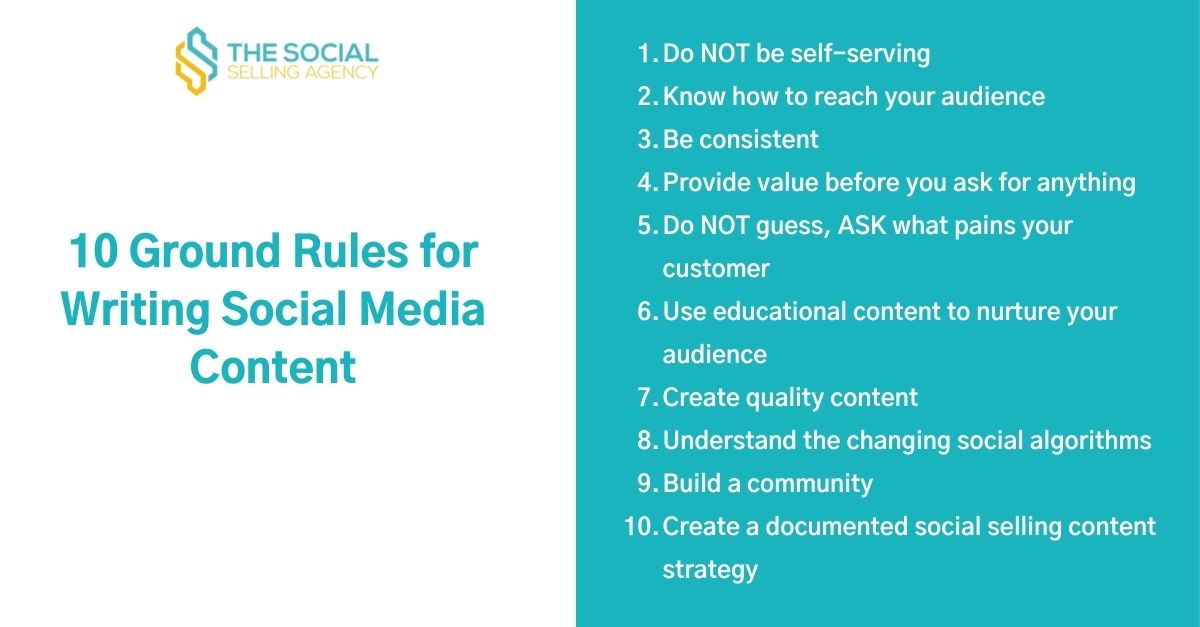
Rule No. 1 – Do NOT be Self Serving
If you ever wonder, “how do I know what my target market considers valuable?”, you aren’t alone. In a 2016 study, 65% of marketers had trouble understanding what types of content were effective (and which weren’t). They also found it challenging to create engaging content.
“Content marketing is marketing that provides free media-type content to customers in exchange for their attention.” Neil Patel.
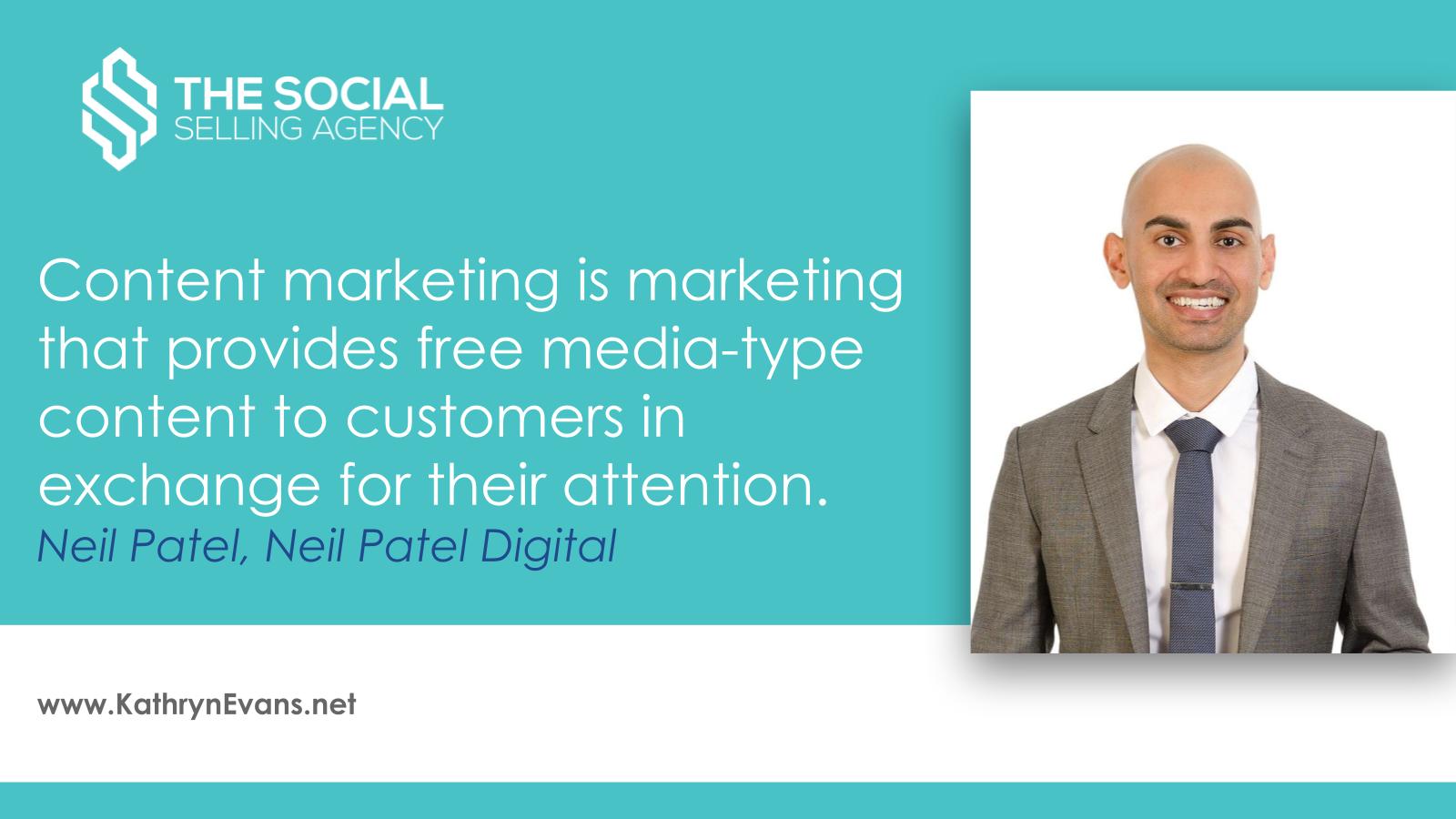
How can you provide value for your audience?
Take a look at your audience’s pain points and help them solve a problem they’re having. Make sure that all of your content provides value for your target market.
If you want to create content that your target market finds valuable, you have to make it about them, not about you.How do you solve their pain points?
Today, 96% of the most successful content marketers agree that their audience views their organization as a credible and trusted resource. That’s because these organizations are providing valuable content for their audiences.
After taking part in Step 3 of the Social Selling Strategy: Building Your Target Market, you’ll know the pain points your audience is having and how you can solve them. With that knowledge up your sleeve, it’s easy to determine how to meet the right market, with the right message, in the right place, at the right time, on a consistent basis.
Rule No. 2 – Know How to Reach Your Audience
If you want to ditch the old antiquated ways of cold calling and embrace today's art of social selling, then this information is for you. We’re breaking it down to the basics.

What is valuable content?
The words on your website, the text you type in a tweet, the hashtags you use on an Instagram post...all of this is content.
What makes it valuable?
This, my dear friends, is the crux of our blog post — So let’s talk about it.
The definition of value is like tasting a fine wine or buying a piece of art: It’s specific to the person that's digesting the content.
Value is specific to an individual person’s tastes and preferences.
Information can also be considered valuable by audiences when it is:
- Useful
- Educational
- Relevant
- Compelling
- High-Quality
- Influential in their buying decision
- GENUINE AND AUTHENTIC
We wrote the last one in BOLD because creating genuine and authentic content is how we roll!
Where do you use valuable content?
Where your customers are. Let me repeat that.
If you’ve taken the time to understand where your customers are consuming information, that’s where you’ll want to share your content.
During Step 3: Building Your Target Market, you’ll learn about your target market, where they get their information, and what platforms they’re using to engage with other like-minded people in your niche. This is where they’ll interact with your content, too. So...be there!
Why is valuable content important?
Valuable content is important because it can help you grow your business. Enough said!
Rule No. 3 – Be Consistent
When should I use it?
It’s imperative to remain consistent when providing valuable content.
You don’t want to give valuable content from time to time and just run. You want to be present.
Continue the trend and prove to your target market that YOU are a thought-leader in your niche!
There are different ways to provide valuable content, and it all starts with understanding where your target market is in their buying decision. This also translates into understanding where they are in your sales process, funnel, or pipeline.
Let’s revisit the chart that we use in Step 2 of the sCubed Method: Understand Your Online Goals.
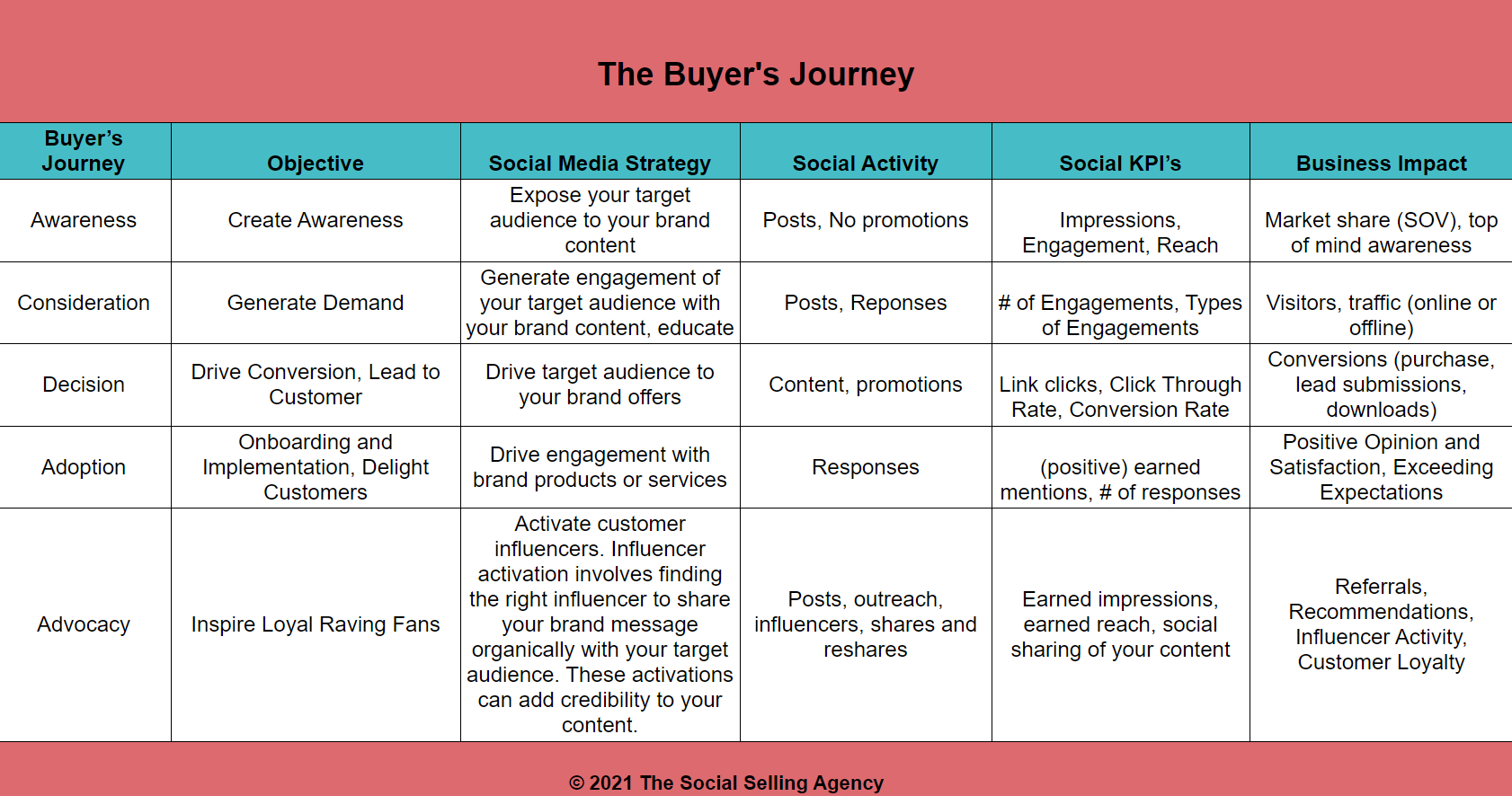
By consistently providing valuable content, you build awareness around you and your brand.
This awareness eventually becomes lead generation, which then turns into conversions and sales.
Your target market will adopt the value you’re providing and implement it as their own, creating loyal raving fans like all businesses desire. All because you consistently provided valuable content that helped them solve their problems.
Winning!
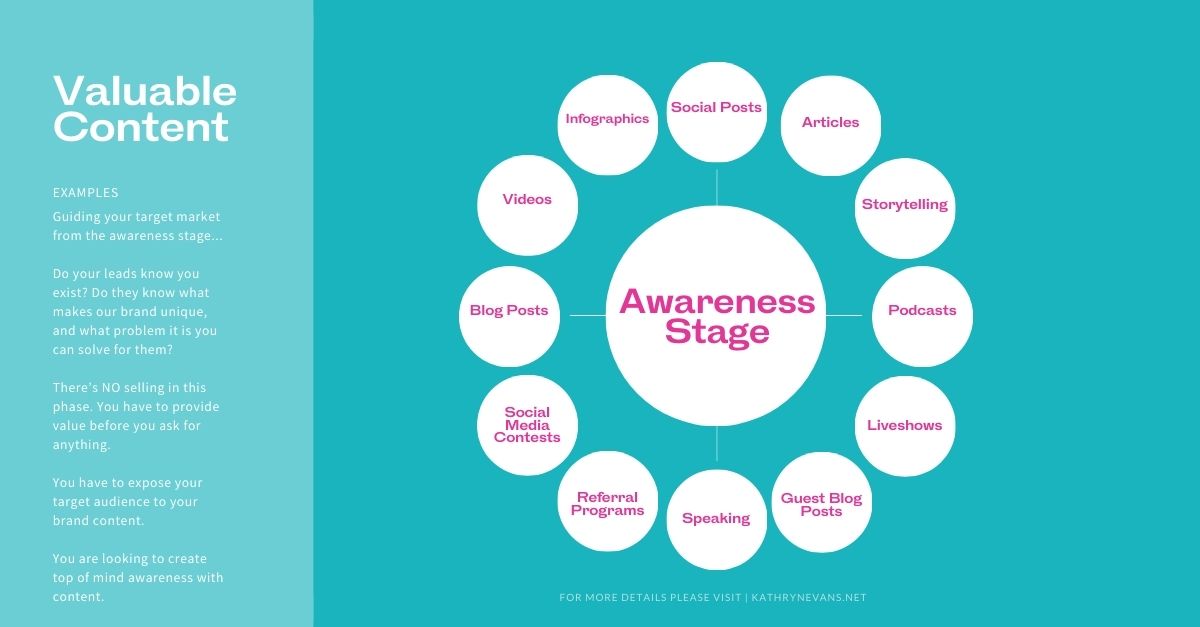
Rule No. 4 – Provide Value Before You Ask for Anything
Guiding your target market from the awareness stage...
Do your leads know you exist? Do they know what makes our brand unique, and what problem it is you can solve for them?
There’s NO selling in this phase. You have to provide value before you ask for anything.
You have to expose your target audience to your brand content. You are looking to create top of mind awareness with content. This kind of content includes (but isn’t limited to):
- Blog posts
- Videos
- Infographics
- Social posts
- LinkedIn Articles
- Storytelling
- Podcasts
Ultimately, you’re leading your potential leads into the next stage of the process.
...into the consideration stage.
By the time your prospective customers have reached the consideration stage, they have a more thorough understanding of their problem, pain or need.
However, they have yet to identify solutions.
Here’s where you have captured their attention with valuable content.
Rule No. 5 – Do NOT Guess, ASK What Pains Your Customer
In order to create valuable content, you must cater to your target market’s pain points by identifying what those pain points are and how your target market can solve them.
When learning what pain points your target market faces, it’s best not to guess. Ask them!How do I ask my target market about their pain points?
- Ask them personally.
- Test out different types of content to see what performs best / what they engage with most.
- Look to see what they’re posting about and engaging with on a daily basis.
How can I use content to solve my customer’s problems?
Once you know what pains your customer, you can create different types of content that addresses and solves their pain points:
- Downloadable resources
- Ebooks
- Guides
- Tips Sheets
- Templates
- Checklists
- Slideshare and PowerPoint Presentations
- Articles
- Educational Webinars
- Testimonials
- Videos
- Live Streaming
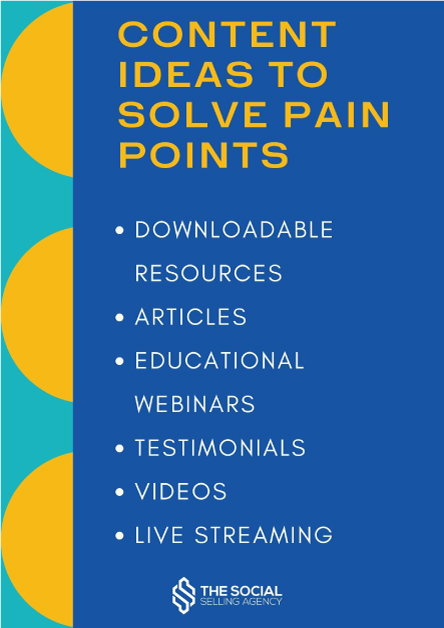
Rule No. 6 – Use Educational Content to Nurture Your Audience
When people enter the decision stage—the middle of your sales funnel—they are ready to buy.
They’ve determined their options in the consideration stage.
They’re eliminating solutions that aren’t a good fit.
They’re looking for information on why they should choose your brand.
Your buyers are now qualified, well informed about their issue and what they need; Their pains, and their options for meeting it.
How can you share your expertise to build relationships?
“Companies with refined middle-of-the-funnel engagement and lead management strategy see a 4–10 times higher response rate compared to generic email blasts and outreach. Nurtured leads produce, on average, a 20% lift in sales opportunities.” - Hubspot
This is typically the longest part of the sales funnel because you are building lasting relationships. In my funnel, I use the words “know, like, and trust”. In this phase, you’re building TRUST.
Your audience wants to know WHY you are the expert.
How are you going to back up the claims you’re making? How have you done this for others?
You want to help people determine if they are a good fit for you or not.
NOW is the time to talk about the benefits of your product or service.

Rule No. 7 – Create Quality Content
Content can come in a variety of forms, and some of the best, highest-quality content comes in the form of:
- Reports
- Whitepapers
- Case Studies
- References
- Demo Videos
- Product Webinars
- FAQ
- Data Sheets
After your prospect has reviewed this content and learned how you can help provide a solution to their problem, and have decided to move forward with a solution, your buyer has made it to the bottom of your funnel: they are ready to buy.
How can you make sure the customer chooses you?
Provide great customer service and performance. From the time you create the contract, to discussing onboarding and beginning service, to implementing your solution — remember that your customer is looking for justification for their purchase.
They need the final nudge and they need it from you.
You can use different types of valuable content in the “bottom of the funnel” stage to reassure your customer that they’ve chosen the right solution for their pain point:
- Live training
- Case Studies
- Recorded webinars
- Courses
- User Guides
- Free Trials
- Consultation
- Estimates
- Offers/Coupons
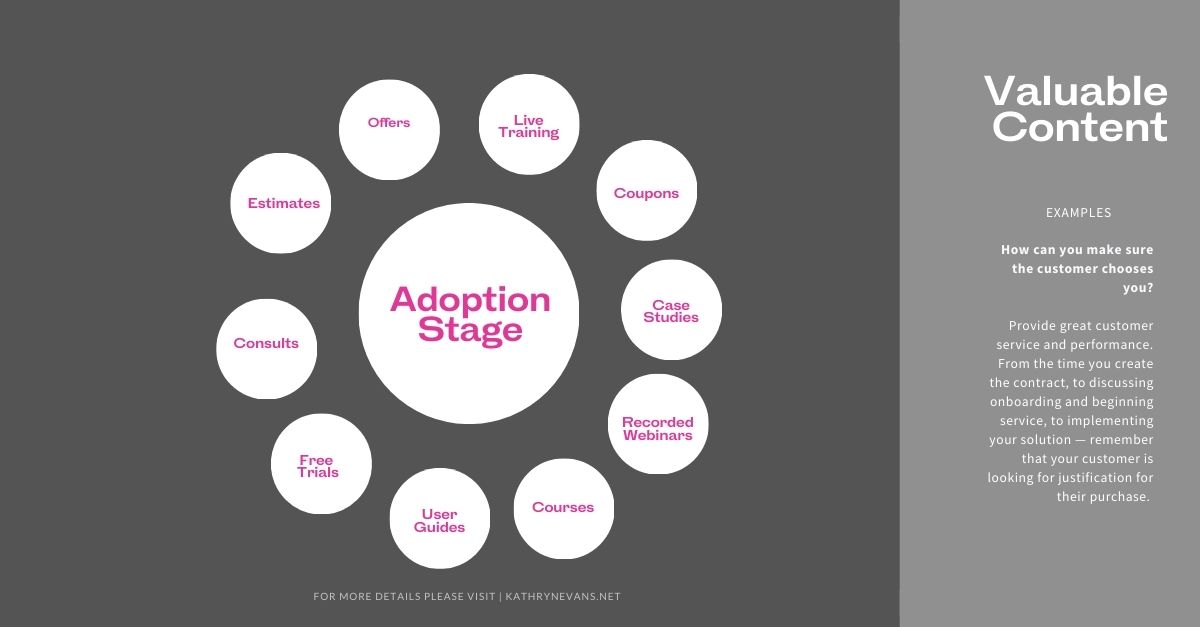
Rule No. 8 – Understand the Changing Social Algorithms
What should you do after a social algorithm change?
This article from Content Marketing Institute has several great suggestions for how to navigate social media algorithm changes.
It’s important to know, because social media is one of the key ways you can stay in touch with customers during the community and advocacy stage.
During this stage, your customers may become interested in expanding their opportunities to work with you. They could be considering an upgrade, an extension or an additional purchase with you.
In order to stay top of mind and give them opportunities to add on or expand services, you’ll need to keep in touch with them.What kind of valuable content works well for staying top of mind with customers?
- Newsletters
- Social posting
- Influencer outreach
Rule No. 9 – Build a Community
Man, this is a big one!
Key findings from the Content Marketing Institute found that only 23% of content marketers are building communities and looking for audience participation to bring new voices to the table.
WHAT?
How are you going to stay relevant if you are not building raving fans and listening to them?
Here are some ideas to stay relevant:
- Share your target market’s relevant content.
- Create live discussions.
- Participate in Facebook groups and other social media platforms.
- Be responsive to your target market online.
I completely love the valuable information that HubSpot offers! Until I create my own content mapping worksheet, here’s their super-awesome content mapping template to help you create targeted content.
Psst — If you’d like to see examples of content that aligns with top, middle, and bottom parts of the funnel, HubSpot has another blog post with more ideas for you to consider here.
Rule No. 10 – Create a Social Selling Content Strategy (That Matches Your Buyer’s Journey)
The biggest benefit of this is that it will help simplify the decisions on what kinds of content you’re going to develop.
It will align your (or your team’s) processes with your online goals and help make it easier to determine what content you should create.
At the end of the day, creating a documented social selling content strategy filled with valuable content that your audience engages with will move people through your sales funnel (from know, to like, to trust) and turn your leads into returning customers and raving fans.
Conclusion
When businesses follow these 10 basic foundational rules for creating valuable content, they’ll produce content that their audience engages with every time.
It all boils down to determining audience pain points and sharing your expert solutions in various forms: Webinars, blog posts, LinkedIn comments...wherever your customers are.
Developing educational, valuable content can grow brand awareness and move customers through the sales funnel with ease.
FAQ's
Most audiences find content valuable if it is:
Useful
Educational
Relevant
Compelling
High-Quality
Influential in their buying decision
GENUINE AND AUTHENTIC
It’s imperative to remain consistent.
You don’t want to give valuable content from time to time and run; You want to be present.
Continue the trend and prove to your target market that YOU are a thought-leader in your niche by consistently showing up with valuable content!

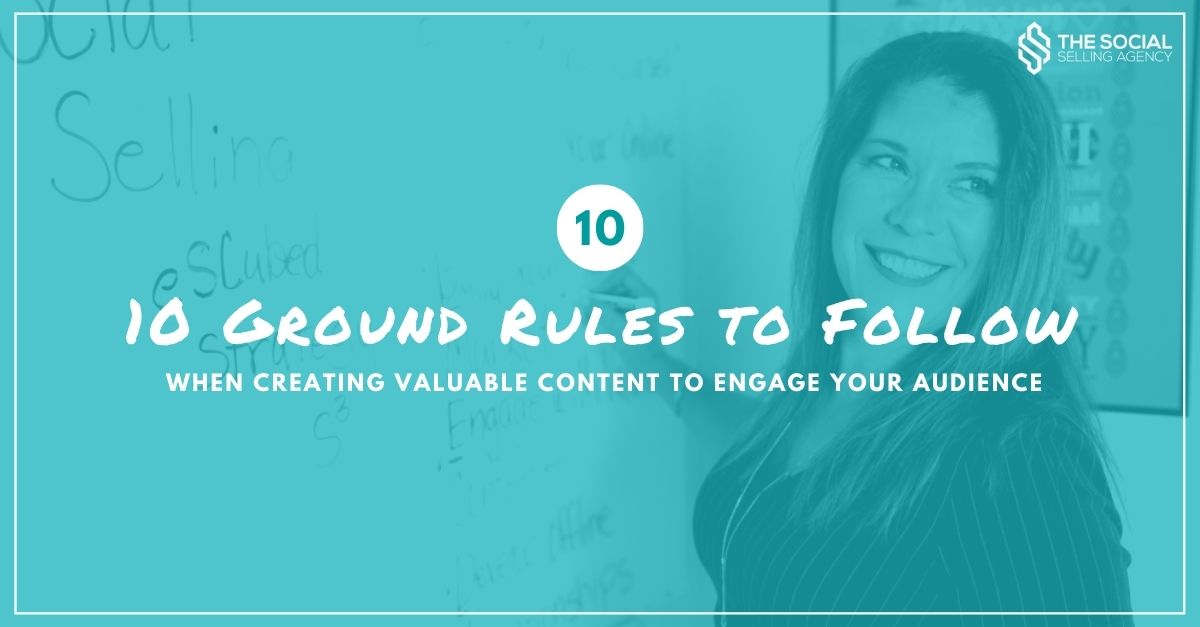

[…] 10 Ground Rules to Follow When Creating Valuable Content to Engage Your Audience […]